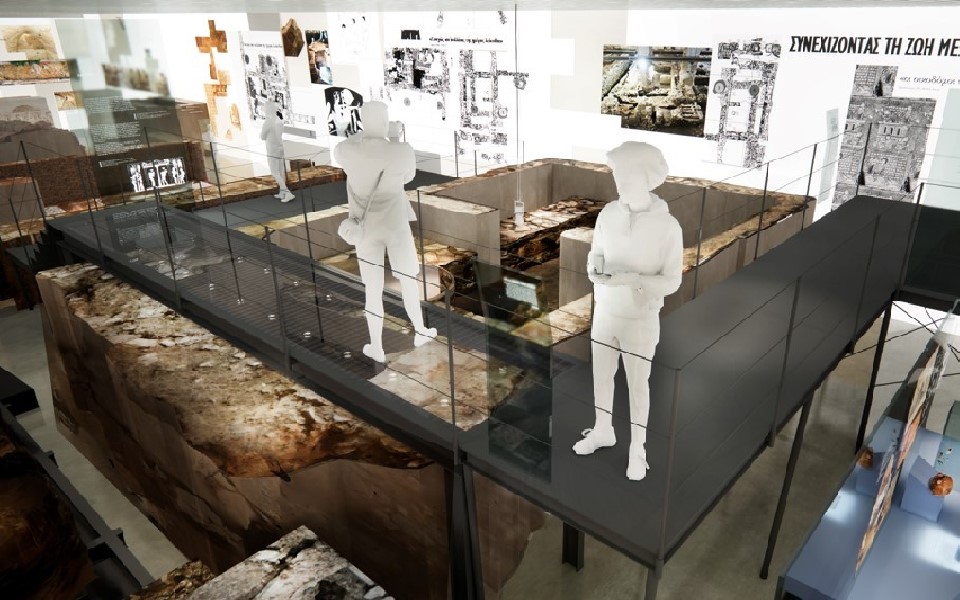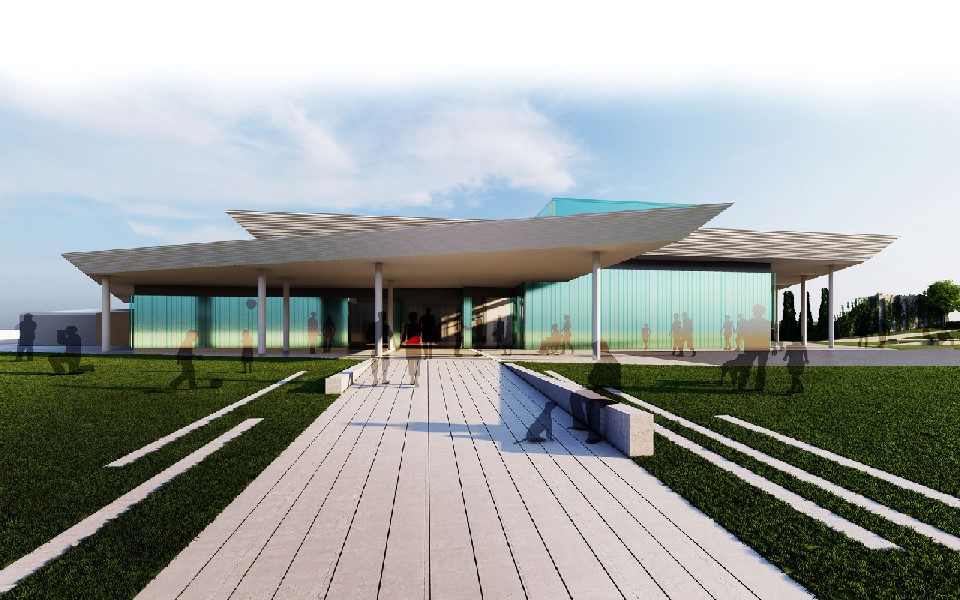Thessaloniki’s soon-to-be-opened Metro system has suffered lengthy delays over the years, mainly due to the vast number of archeological discoveries made during its construction.
Indeed, the multi-billion-euro infrastructure project, which began life in 2003, triggered northern Greece’s largest ever archaeological dig, covering an area of 20-square-kilometers in the historic city center. As construction works proceeded, entire sections of the Hellenistic, Roman and early Byzantine/Christian phases of the city were unearthed, including marble-clad roads, urban villas with well-preserved mosaic floors, cemeteries, and over 300,000 portable antiquities.
To curate the vast number of objects recovered during these excavations, Greece’s Ministry of Culture and Sports developed an innovative plan to establish two new museums to exhibit the finds; the first of which at the currently under-construction Sintrivani/Ekthesi (“Fountain”) Station, named after the Ottoman-era fountain that marked the eastern entrance to the old walled city.
In a recent announcement, the Ministry has been given the green light to proceed with the redesign and conversion of an existing 6,000-square-meter building into a state-of-the-art, on-site museum. The building, located at the Crossroads – the intersection of the station’s railway tracks – will present antiquities that span 23 centuries of the city’s history, dating back to the 4th century BC. The Ministry’s Central Archaeological Council (KAS) gave approval following an advanced architectural study of the building, which will be developed on four levels.

© Hellenic Ministry of Culture and Sports
In a statement, Culture Minister Lina Mendoni said, “The [Crossover] building at Sintrivani Station is one of two museums that will host the antiquities that were unearthed during the excavations of the Metro … It is the ideal place for highlighting the recovered antiquities from all the excavations … a document of the history of Thessaloniki.”
The new museum will take pride of place in the heart of the old city, located on the ancient Via Egnatia, a 2nd century BC Roman road that crossed the southern Balkans, connecting the Adriatic Sea to Byzantium, and the column-lined Decumanus Maximus, the city’s main east-west avenue.
As planned, the museum will operate autonomously of the station and form part of the new Pavlos Melas Metropolitan Park, the site of a former army camp that hosted Greek refugees following the Asia Minor Crisis of 1922.
According to the building plan, the three underground levels of the museum will host the permanent and temporary exhibition spaces, a storage facility, and an area for educational/training programs. Organized into thematic sections, including urban planning, public baths, and craft activities, the exhibitions will feature interactive media that will help bring to life the city’s extraordinary ancient past.
Ministry officials hope the new museum will provide a major attraction for both visitors and locals, and serve as a landmark achievement for cultural heritage management in the wake of the city’s largest ever infrastructure project.












